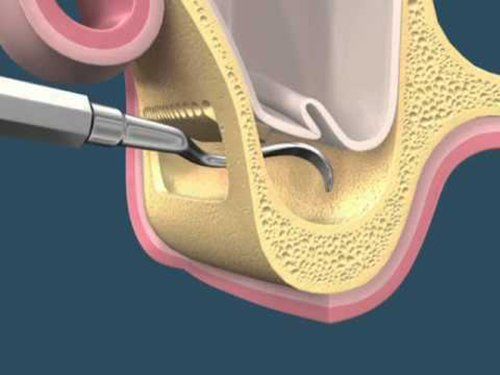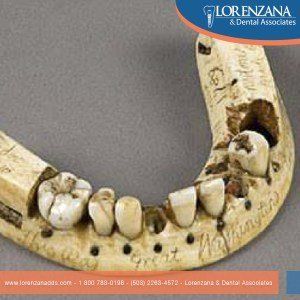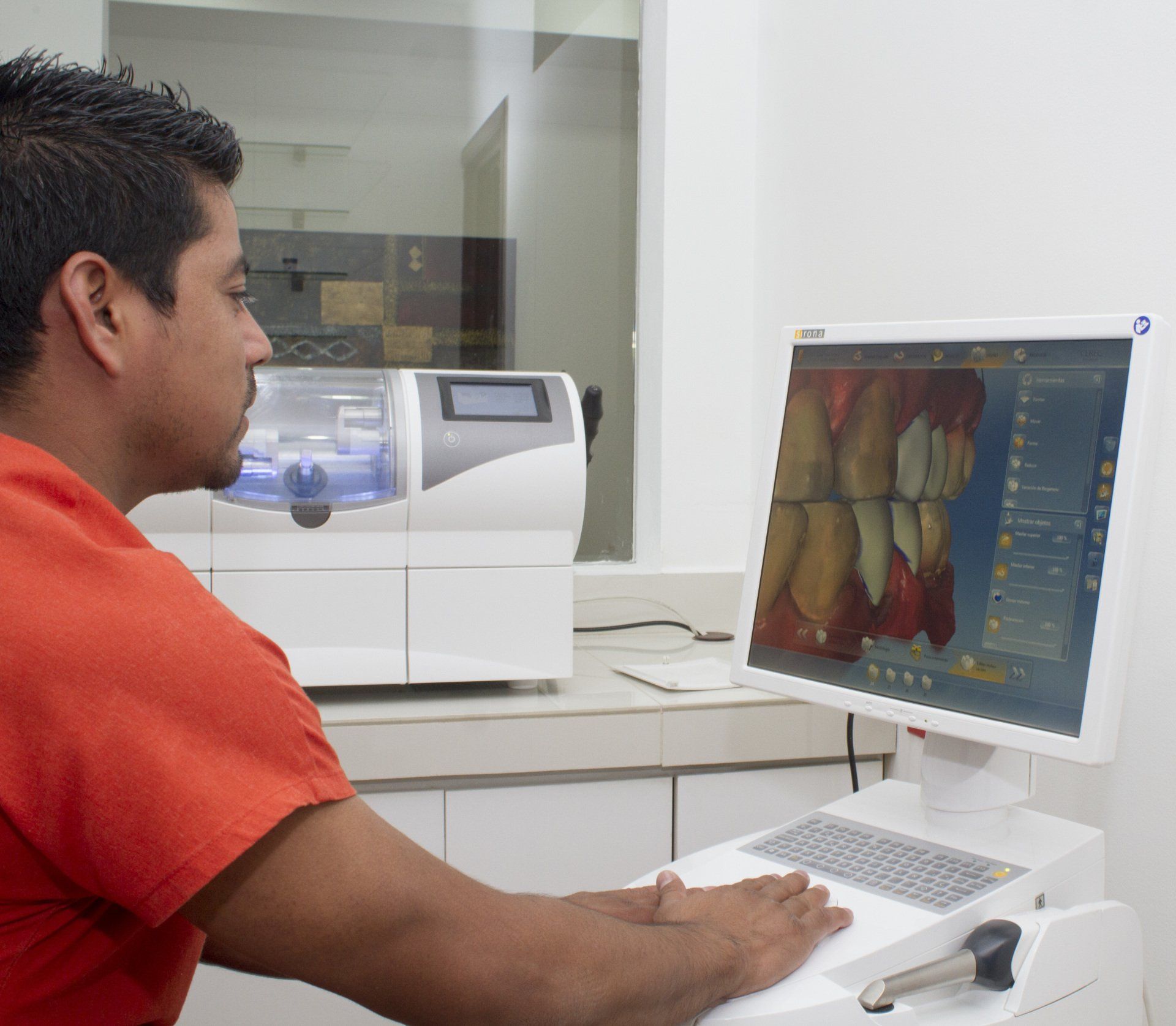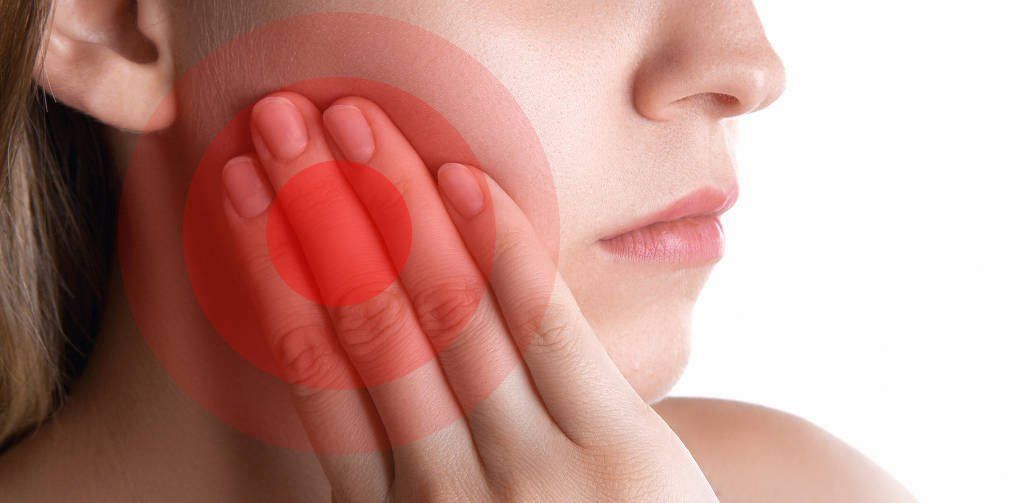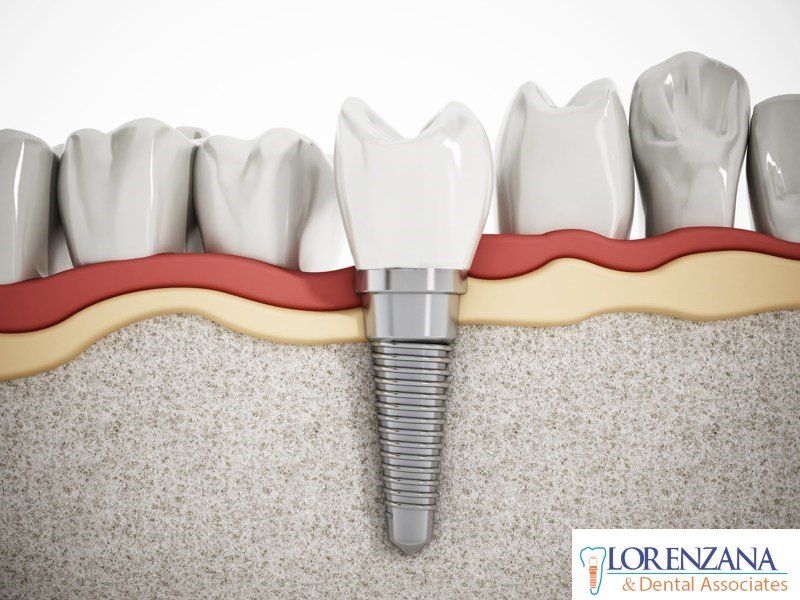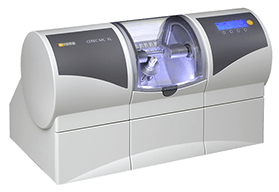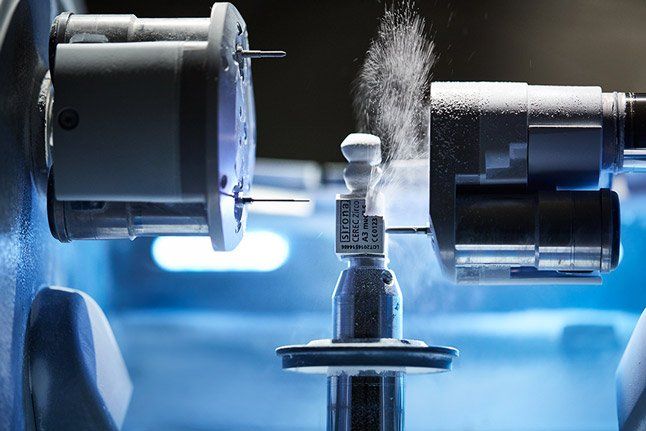Temporomandibular disorder
The temporomandibular joint (frequently referred to as TMJ) is a hinge that connects your jaw to the temporal bones of your skull, which are in front of each ear. They work 100% synchronized. It lets you move your jaw up and down and side to side, so you can talk, chew, and yawn.
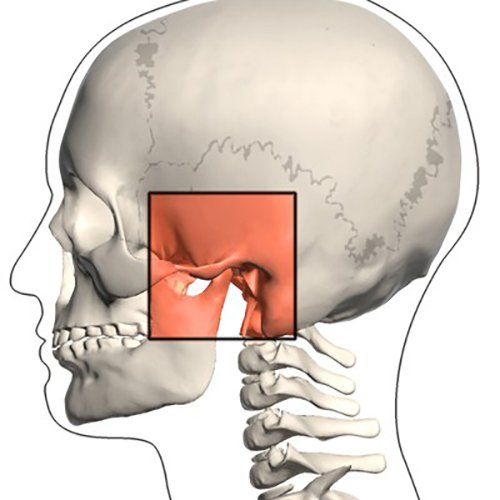
The temporomandibular joint (frequently referred to as TMJ) is a hinge that connects your jaw to the temporal bones of your skull, which are in front of each ear. They work 100% synchronized. It lets you move your jaw up and down and side to side, so you can talk, chew, and yawn.
Problems with your jaw and the muscles in your face that control it are known as temporomandibular disorders (TMD).
One of the causes for TMD maybe physical stress in the joint nonetheless there are cases where the TMD causes is unknow.
Generally the experts agree that TMD can be classified in three categories:
- Myofascial pain or pain in the muscles that controls the jaw functions.
- Tear or internal asymmetry in one of the joints caused by a displaced disk, dislocated jaw or condyle lesions.
- Arthritis refers to a group of degenerative and inflammatory joint disorders that may affect the temporomandibular joints
Some of the temporomandibular disease symptoms are:
- Pain or tenderness in your face, jaw joint area, neck and shoulders, and in or around the ear when you chew, speak, or open your mouth wide
- Problems when you try to open your mouth wide
- Jaws that get “stuck” or “lock” in the open- or closed-mouth position
- Clicking, popping, or grating sounds in the jaw joint when you open or close your mouth or chew. This may or may not be painful.
- A tired feeling in your face
- Trouble chewing or a sudden uncomfortable bite — as if the upper and lower teeth are not fitting together properly
- Swelling on the side of your face
- Soft diet
- Apply ice packs
- Avoid extreme movements with the jaw (chewing gum, big yawns)
- Learn some relaxation techniques
Trastornos de la articulación temporomandibular

La Articulación Temporomandibular (ATM por sus siglas) es la articulación que se encuentra entre el hueso Temporal y la mandíbula, a ambos lados de la cabeza es decir 2 articulaciones que funcionan 100% sincronizadas entre sí. Esta Articulación conecta el hueso que forma parte del cráneo con la mandíbula, sosteniendo la quijada y permitiendo la realización de muchos movimientos que realizamos en nuestro día a día.
Los trastornos de la ATM son problemas que afectan las articulaciones y músculos de la masticación que conectan la mandíbula inferior al cráneo.
Entre las razones de los trastornos de la ATM se encuentra el estrés físico sobre las estructuras alrededor de la articulación sin embargo existen varios casos en los que la causa de los trastornos se desconoce.
Los investigadores generalmente están de acuerdo en que estos trastornos se dividen en tres categorías principales:
- El dolor miofascial implica molestias o dolor en los músculos que controlan la función de la mandíbula.
- Un desarreglo o asimetría interna de una de las articulaciones causada por un disco desplazado, la mandíbula dislocada o lesiones del cóndilo.
- La artritis se refiere a un grupo de trastornos degenerativos e inflamatorios de las articulaciones que pueden afectar a las articulaciones temporomandibulares.
Algunos de los síntomas de trastorno temporomandibular son:
- Dificultad o molestia al morder o masticar
- Chasquido o chirrido al abrir o cerrar la boca
- Dolor facial sordo en la cara
- Dolor de oído Dolor de cabeza
- Dolor o sensibilidad en la mandíbula
- Bloqueo de la mandíbula
- Dificultad para abrir o cerrar la boca Hay pasos que usted puede seguir que pueden ayudar a aliviar los síntomas, tales como:
- comer alimentos blandos,
- aplicar bolsas de hielo,
- evitar los movimientos extremos de la mandíbula (como dar bostezos grandes, cantar fuertemente y mascar chicle o goma de mascar),
- aprender técnicas de relajamiento y reducción del estrés,
- practicar estiramientos suaves de la mandíbula y ejercicios de relajamiento que pueden ayudar a incrementar el movimiento de la mandíbula.
